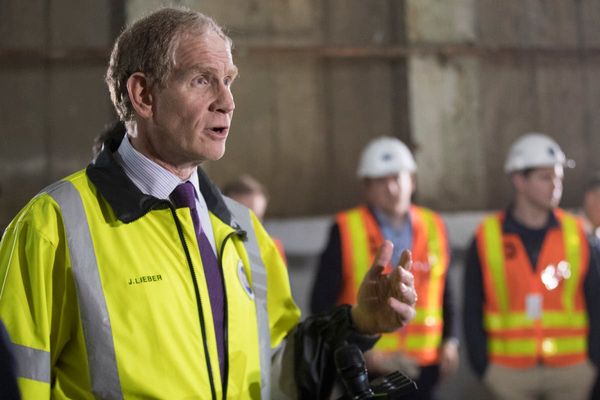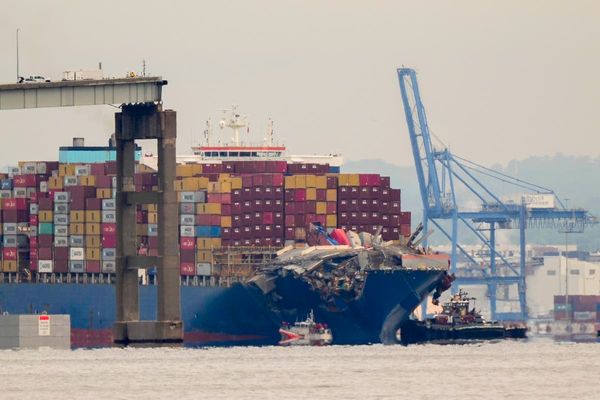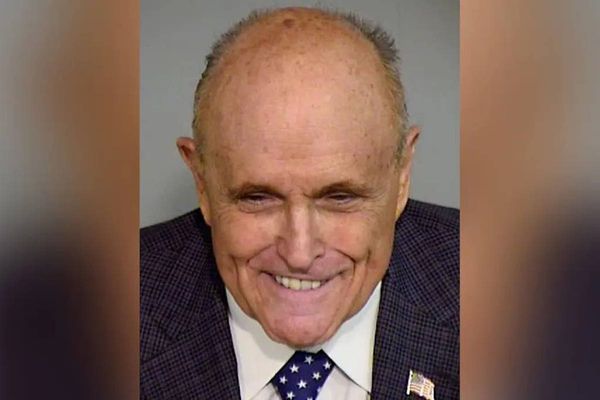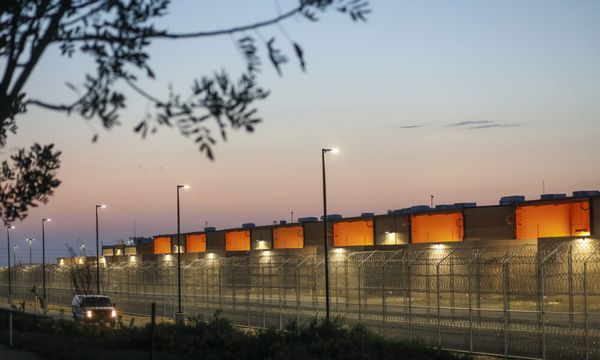As the petals of Floriade gently nod in the breeze to the north of the lake on Saturday morning, a very different, far more colourful and raucous activity will be staged across the water as the country's rarest and most valuable MG sports cars gather for their 100th anniversary in Canberra.
For those who thought MG cars were just cheap-but-cheerful and slightly dull Chinese-built hatchbacks, this planned gathering of the true believers will reveal a much sportier side to the brand.

And that's because the majority of British-built MGs of yesteryear were genuine sports cars: often fast, often exciting, and never, ever dull.
Canberra's MG Centenary Rally will take over the forecourt of the National Museum on Saturday between 9am and 2pm, with 100 of the best examples in the country.
Included among them will be a priceless 1934 MG Q-Type, a lightweight (600 kilograms) aluminium race car with less than a litre of engine capacity but force-fed and pressurised by a supercharger to achieve speeds over 190kmh.
Astonishingly fast for its time yet with precious little braking capability, narrow tyres, cart-like springs and fuelled by methanol when peak performance was demanded, the Q-type required enormous courage and skill to race.
Of the eight MG Q-type race cars built by the British factory, there are two in Australia and possibly the world's best example, owned by John Lackey in the NSW Blue Mountains, will be a star of the Canberra show with its early, generator-driven overhead camshaft engine and a howling supercharger hanging off the front.

"It carried 35 gallons [135 litres of fuel] in twin tanks directly behind the driver and the co-driver, who was known as the riding mechanic because it was his job to keep the car running during races," Mr Lackey said.
"The riding mechanic had to work the two fuel tank taps to keep the fuel load balanced, change and clean the spark plugs and any other jobs to keep the car going while the driver concentrated on racing.

"The biggest issue was that the engine was so powerful, and the suspension so rudimentary that it was hard to keep the rear wheels of the car on the ground."
Another of the pre-Wortd War II rarities bound for Canberra will be the MG K3. Only 33 K3 models were built at MG's first Abingdon-on-Thames factory near Oxford. Just a handful of genuine originals are in Australia and two of them, worth around a million dollars each, will be part of the centenary display.
Members of the public will be invited to vote in a "People's Choice" award.

"For anyone who loves old sports-type cars and understand the significance of MG and what it achieved all those years ago, this will be a rare opportunity to see them all in one place," Malcolm Robertson, who started tinkering on his first MG back in 1967, said.
"To have not one, but two original K3s here in Canberra at the one time, is quite extraordinary."
The pre-WWII MGs were some of the most popular and successful British sports cars of their era. The first cars were built by Cecil Kimber in 1923. Some of its early experimental cars held world land speed records. AS the years progressed the brand lurched through a succession of owners, including BMW and British Leyland, with production finally ending in the mid-1990s.
The slab-bodied T-Series sports cars were arguably the company's most famous and the National Museum display will have a variety of well-loved MG TC, TD and TF models.
Curiously, the MG brand finally ended up in the hands of China's largest vehicle manufacturer, SAIC Motor, which sells MGs of a very different type - including EVs - all around the world.
Canberra Times Gen Z journalist Kerem Doruk, who was born almost 70 years after these cars were built, took a ride with Mr Robertson in the tight two-seater open-topped cockpit of his K3 replica.
"First of all, who makes car footwells so small? I had to take my shoes off to get in," he said.
"You can see the ground, you could smell everything, feel the gears shift - everything was so raw and undiluted compared with a modern car. And what happens when it rains?"







